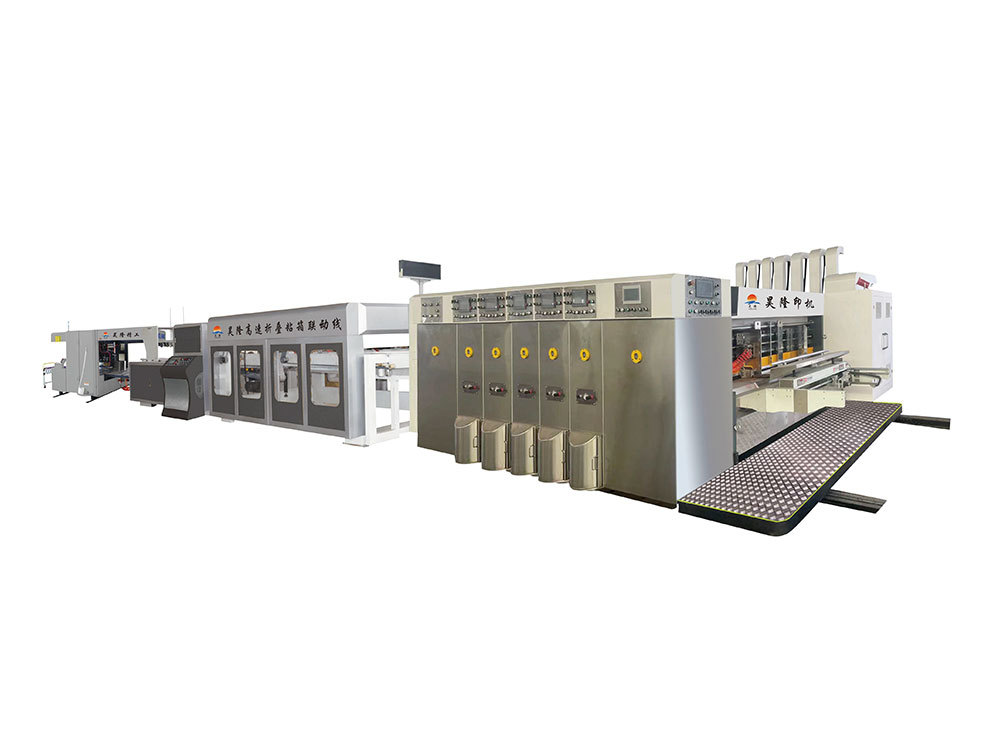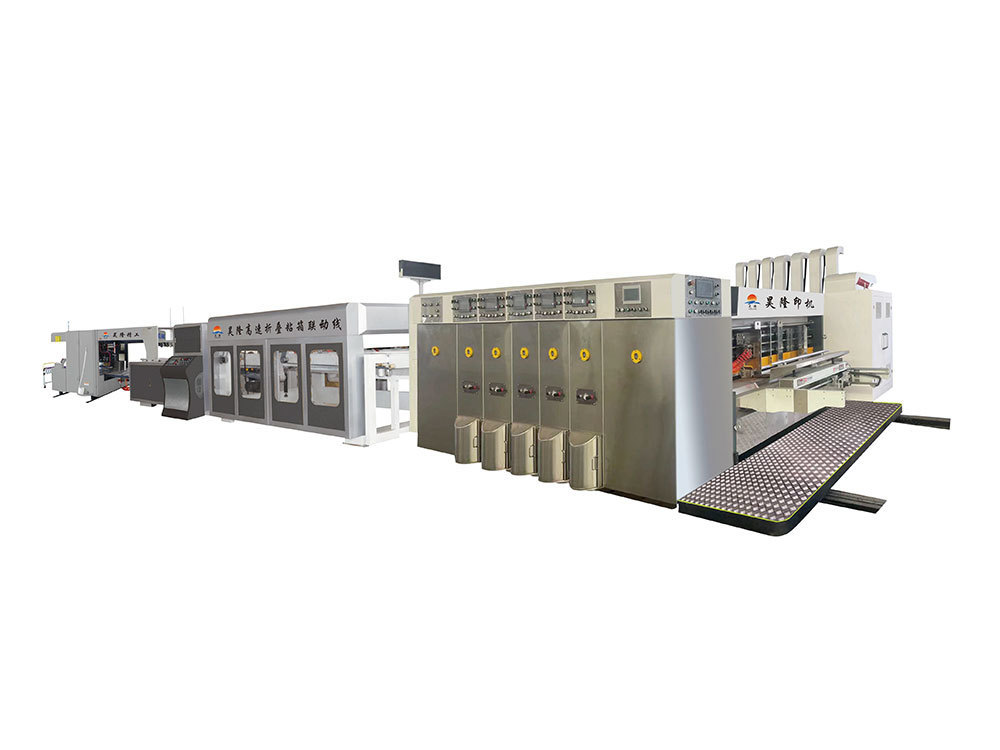Exploring Flexo Printing Machines: Innovations and Applications in Modern Manufacturing
Flexo Printing Machines are revolutionizing the printing industry with their high efficiency and versatility. As a vital component of the manufacturing and processing machinery sector, particularly within the category of printing and plate-making machines, Flexo printing has become synonymous with innovation and quality. This printing technology utilizes flexible relief plates, allowing it to print on a variety of substrates, including plastic, paper, and metallic films. This flexibility makes it an ideal choice for businesses involved in packaging, labels, and other printed materials.
One of the primary advantages of Flexo Printing Machines is their ability to produce high-quality prints at impressive speeds. This is particularly important in today’s fast-paced manufacturing environment, where efficiency often translates to cost-effectiveness. With the capability to print on both porous and non-porous surfaces, these machines cater to a wide array of industries, including food packaging, textiles, and consumer goods, among others.
Moreover, the advancements in technology have led to the development of more sophisticated Flexo Printing Machines that incorporate features such as automated color management systems and advanced drying techniques. These innovations not only improve print quality but also streamline the production process, reducing waste and minimizing downtime. The introduction of digital technologies into Flexo printing has further enhanced its capabilities, allowing for shorter runs and quicker changeovers, which are essential in meeting the demands of modern consumers.
Flexo Printing Machines are also known for their eco-friendly attributes. Many modern machines utilize water-based or UV inks, which are less harmful to the environment compared to traditional solvent-based inks. This shift towards sustainable printing practices is both a response to regulatory pressures and a reflection of growing consumer preferences for environmentally responsible products.
In addition to their operational advantages, Flexo Printing Machines are designed with user experience in mind. Many models feature intuitive interfaces and advanced monitoring systems, making it easier for operators to maintain optimal performance. This focus on usability is crucial in minimizing training time and ensuring that production lines run smoothly.
In conclusion, Flexo Printing Machines represent a significant advancement in printing technology, combining speed, versatility, and eco-friendliness. Their ability to adapt to various materials and printing requirements makes them an invaluable asset in the manufacturing landscape. By investing in Flexo printing technology, businesses can enhance their operational efficiency, meet consumer demands for quality, and contribute to a more sustainable future in printing.
One of the primary advantages of Flexo Printing Machines is their ability to produce high-quality prints at impressive speeds. This is particularly important in today’s fast-paced manufacturing environment, where efficiency often translates to cost-effectiveness. With the capability to print on both porous and non-porous surfaces, these machines cater to a wide array of industries, including food packaging, textiles, and consumer goods, among others.
Moreover, the advancements in technology have led to the development of more sophisticated Flexo Printing Machines that incorporate features such as automated color management systems and advanced drying techniques. These innovations not only improve print quality but also streamline the production process, reducing waste and minimizing downtime. The introduction of digital technologies into Flexo printing has further enhanced its capabilities, allowing for shorter runs and quicker changeovers, which are essential in meeting the demands of modern consumers.
Flexo Printing Machines are also known for their eco-friendly attributes. Many modern machines utilize water-based or UV inks, which are less harmful to the environment compared to traditional solvent-based inks. This shift towards sustainable printing practices is both a response to regulatory pressures and a reflection of growing consumer preferences for environmentally responsible products.
In addition to their operational advantages, Flexo Printing Machines are designed with user experience in mind. Many models feature intuitive interfaces and advanced monitoring systems, making it easier for operators to maintain optimal performance. This focus on usability is crucial in minimizing training time and ensuring that production lines run smoothly.
In conclusion, Flexo Printing Machines represent a significant advancement in printing technology, combining speed, versatility, and eco-friendliness. Their ability to adapt to various materials and printing requirements makes them an invaluable asset in the manufacturing landscape. By investing in Flexo printing technology, businesses can enhance their operational efficiency, meet consumer demands for quality, and contribute to a more sustainable future in printing.
TAG:
Related Posts
Unlocking Efficiency in Packaging: The Role of Folder Gluers
In the realm of manufacturing and processing machinery, particularly within the packaging machinery sector, folder gluers play a pivotal role. These machines are designed specifically for the efficient assembly of folding cartons, which are widely used in various industries, from food and beverage to pharmaceuticals. Understanding the functionality and benefits of folder gluers can significantly i











